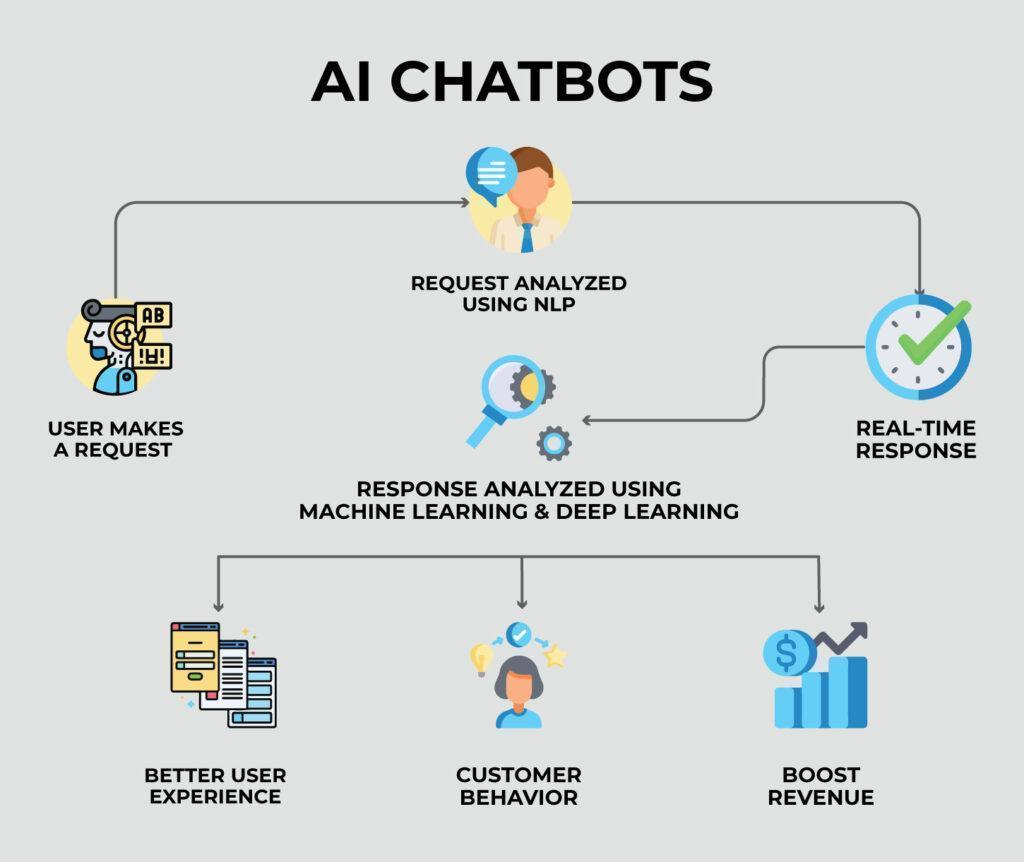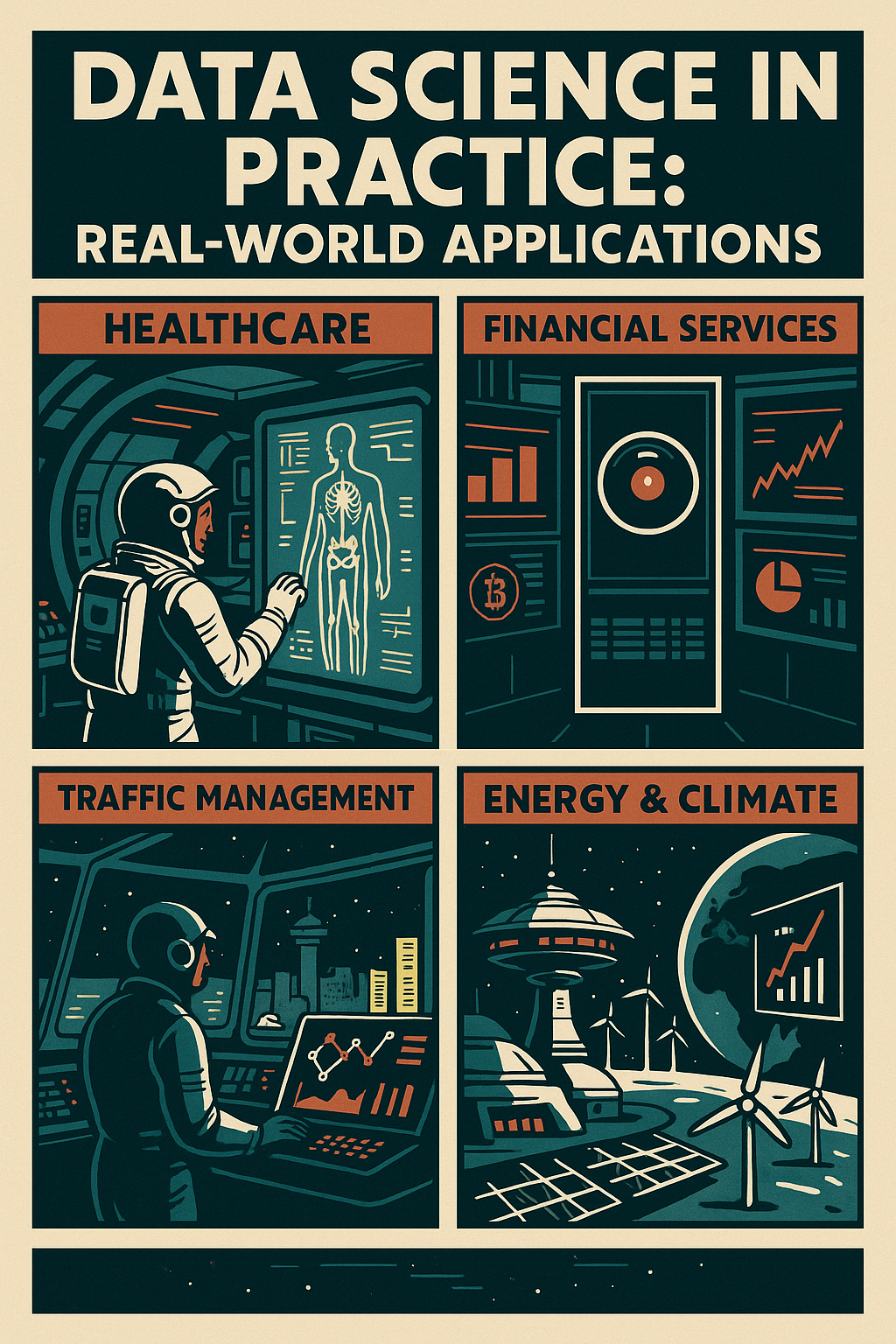
NLP for Customer Insights: Beyond Sentiment Analysis
Natural Language Processing (NLP) has revolutionized how businesses understand and respond to customer feedback. While sentiment analysis—determining whether customer feedback is positive, negative, or neutral—has been a staple of NLP applications for years, advanced techniques now allow us to extract much deeper insights from text data. In this post, I'll explore how businesses can leverage these advanced NLP techniques to gain a more nuanced understanding of customer needs, preferences, and pain points.
At Beats by Dre, I used NLP techniques to analyze customer reviews and social media mentions, going beyond simple sentiment analysis to identify specific product features that customers loved or had issues with. By applying topic modeling and aspect-based sentiment analysis, we were able to understand not just whether customers were satisfied, but exactly what aspects of the product they were responding to.
One powerful technique is named entity recognition (NER), which identifies and categorizes specific elements in text, such as product names, features, or common issues. By applying NER to customer reviews, businesses can automatically track mentions of specific products or features, making it easier to identify trends and patterns in customer feedback.
For example, in our analysis of Beats headphone reviews, NER helped us identify that while overall sentiment was positive, there were recurring mentions of issues with the 'battery life' and 'ear comfort' for specific models. This granular insight allowed the product team to focus their improvement efforts on these specific areas.
Another valuable technique is topic modeling, which identifies common themes or topics in a collection of documents. By applying topic modeling to customer reviews, businesses can discover what aspects of their products or services customers are discussing most frequently, even if they hadn't anticipated these topics in advance.
In our work at Beats, topic modeling revealed an unexpected theme in customer discussions: many customers were talking about using the headphones during workouts, even though the particular model wasn't specifically marketed for fitness use. This insight led to a successful marketing campaign highlighting the product's suitability for active lifestyles.
Text classification goes beyond simple sentiment analysis to categorize text into predefined categories. This can be particularly useful for routing customer feedback to the appropriate teams or for tracking specific types of issues over time.
For instance, we trained a classifier to categorize customer feedback into categories like 'technical issue,' 'feature request,' 'pricing concern,' and 'compliment.' This allowed us to automatically route feedback to the appropriate teams and track the prevalence of different types of feedback over time.
The most advanced NLP applications now leverage large language models (LLMs) like GPT-4 to generate even deeper insights from text data. These models can understand context, nuance, and implied meaning in ways that were previously impossible, allowing for more sophisticated analysis of customer feedback.
As NLP technology continues to evolve, the possibilities for extracting valuable customer insights from text data will only grow. By going beyond simple sentiment analysis and leveraging these advanced techniques, businesses can gain a much deeper understanding of their customers' needs, preferences, and pain points, leading to better products, services, and customer experiences.

